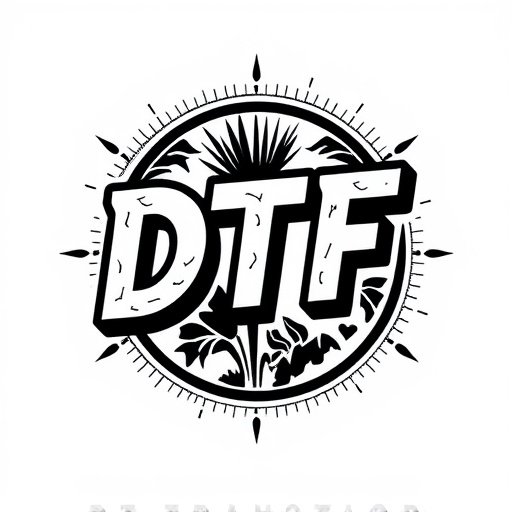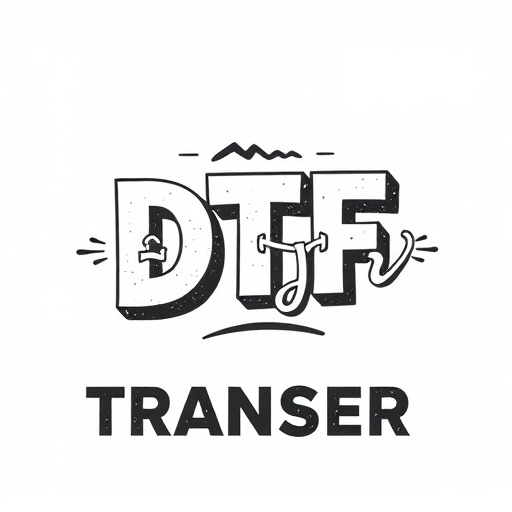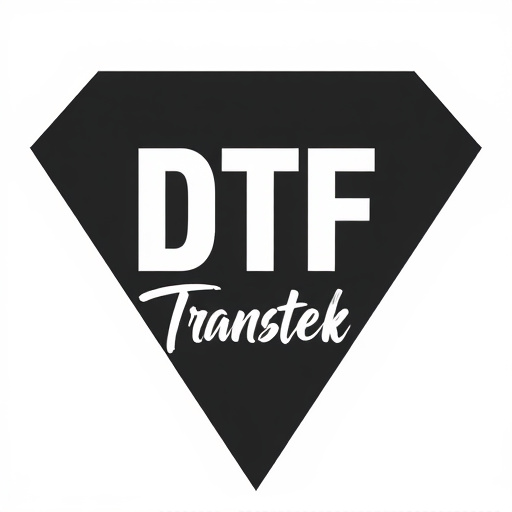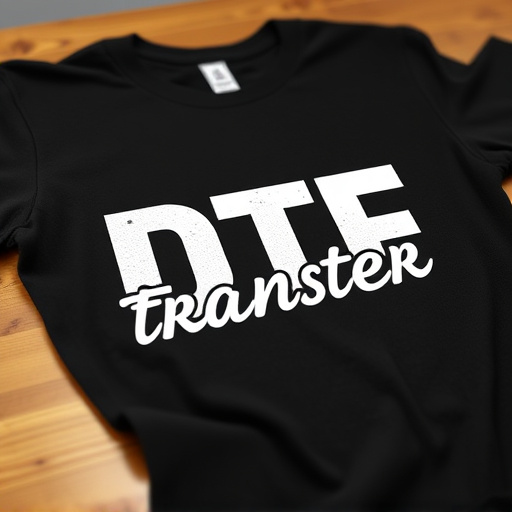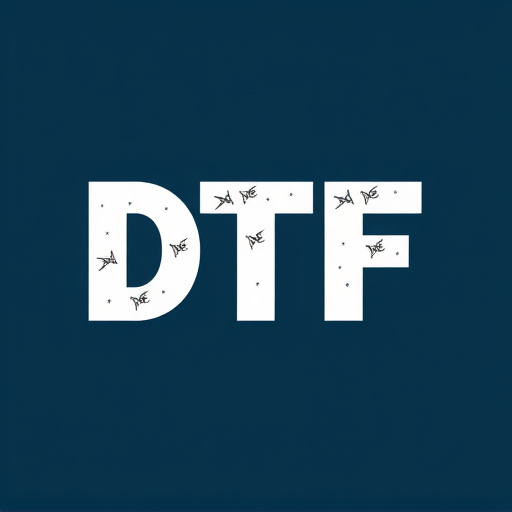Direct-to-film (DTF) technology is transforming various industries by enabling the direct application of personalized artwork. This process uses specialized software and printing techniques to create high-quality DTF prints with vibrant colors and crisp details on diverse media like vinyl, cloth, and film stock. From fashion and signage to automotive and theme parks, DTF offers unique, on-demand custom designs with exceptional visual impact. The key lies in selecting the right transfer paper, mastering color and detail, and leveraging innovative printing techniques for accurate reproduction of intricate designs.
“Unleash creativity with personalized artwork tailored for direct-to-film (DTF) applications. This article explores the cutting-edge technology behind DTF, delving into the intricate process of crafting unique transfer artworks. We’ll uncover the benefits and diverse uses of DTF prints in film production, from enhancing visual effects to streamlining sets. Learn the secrets to choosing superior materials and mastering color detail for exceptional results. Discover inspiring case studies showcasing the power of personalized DTF transfers.”
- Understanding Direct-to-Film (DTF) Technology: A Brief Overview
- The Process of Creating Personalized DTF Transfer Artworks
- Benefits and Applications of DTF Prints in Film Production
- Choosing the Right Materials for Optimal DTF Printing Results
- Mastering Color and Detail: Techniques for Exceptional DTF Art
- Case Studies: Successful Implementation of Personalized DTF Transfers
Understanding Direct-to-Film (DTF) Technology: A Brief Overview

Direct-to-film (DTF) technology is a cutting-edge process that allows for the creation of personalized artwork and designs, tailored specifically for direct application onto various film surfaces. This innovative method streamlines the production process by eliminating traditional intermediate steps, such as printing on paper or fabric. Instead, DTF involves transferring the design directly onto the final medium, be it vinyl, cloth, or other suitable materials, ensuring a crisp and precise outcome.
The DTF transfer process utilizes specialized software to prepare the artwork, enabling intricate details and vibrant colors. Once designed, the image is precisely applied using advanced printing techniques, resulting in high-quality DTF prints. This technology has revolutionized various industries, from fashion and signage to automotive, offering endless possibilities for custom designs and personalized products. By embracing DTF, businesses and artists can achieve unique, on-demand creations with exceptional visual impact.
The Process of Creating Personalized DTF Transfer Artworks
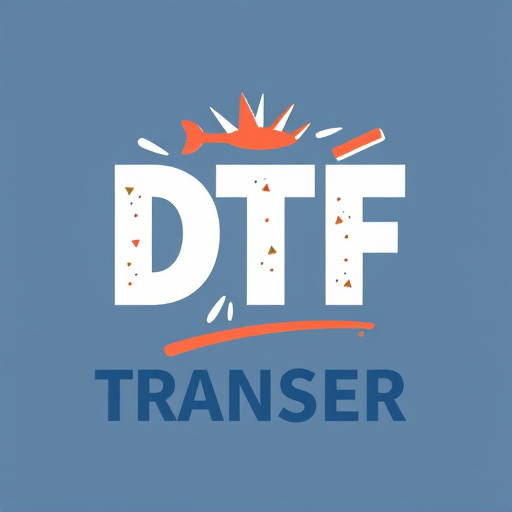
The process of creating personalized artwork for direct-to-film (DTF) application involves several intricate steps designed to ensure optimal quality and precision. It starts with conceptualization, where artists interpret the client’s vision and ideas, transforming them into digital designs tailored to the desired film or surface. This digital masterpiece is then prepared for printing by setting the correct dimensions, resolution, and color profiles, ensuring the artwork translates accurately onto the final medium.
The actual DTF transfer process involves advanced printing techniques. High-quality printers use specialized inks and films to create DTF prints, which are then carefully applied to the desired surface using heat and pressure. This meticulous approach guarantees a seamless fusion of art and film, resulting in vibrant, long-lasting imagery. The finished product offers unparalleled visual appeal, making it ideal for various applications, from signage and murals to custom car wraps and home decor.
Benefits and Applications of DTF Prints in Film Production
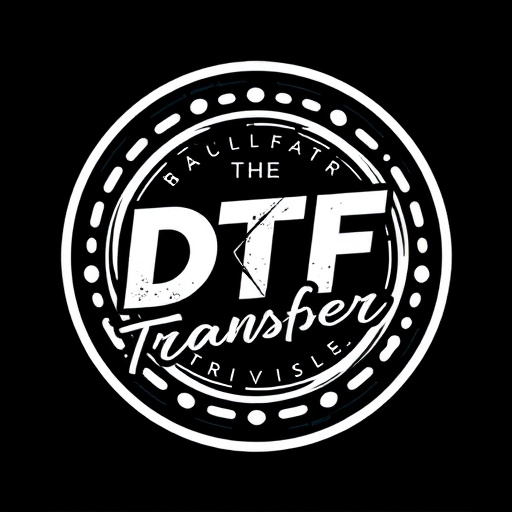
Direct-to-film (DTF) prints offer a host of benefits for film production, revolutionizing the way visual elements are created and integrated into cinematic works. One of its key advantages is the ability to produce high-quality, precise artwork directly onto film stock, eliminating the need for intermediate transfer media. This streamlined process saves time and reduces potential issues associated with extra handling steps, ensuring consistency in color and detail.
DTF prints find diverse applications in filmmaking. They are used for creating intricate title sequences, visually striking on-screen graphics, and even as part of set design, allowing filmmakers to enhance their creative vision effortlessly. With DTF Printing, the possibilities are vast—from adding dynamic backgrounds to characters during post-production to designing unique, personalized props, making each film production a symphony of visual innovation.
Choosing the Right Materials for Optimal DTF Printing Results

When it comes to creating personalized artwork for direct-to-film (DTF) application, selecting the appropriate materials is paramount to achieving exceptional print results. The key lies in understanding the compatibility between your design and the chosen DTF transfer paper. Opting for high-quality, specialized paper ensures that intricate details and vibrant colors translate accurately onto the final film. Look for papers designed specifically for DTF printing, as these are engineered to handle the unique requirements of this process.
The right materials should offer a balance between adhesiveness and ease of application. A smooth surface treatment facilitates precise ink transfer, resulting in sharp DTF prints. Additionally, consider factors like paper thickness and flexibility to ensure it can withstand the printing process without tearing or curling. With the right choice, your artwork will come to life on the film, ready for various applications, from clothing designs to creative home decor.
Mastering Color and Detail: Techniques for Exceptional DTF Art
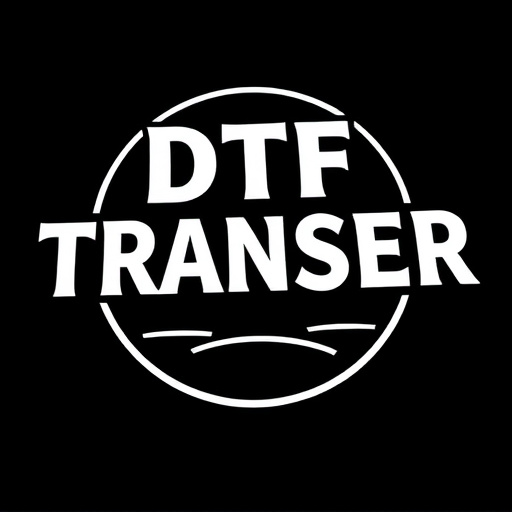
In the realm of direct-to-film (DTF) applications, mastering color and detail is paramount to achieving exceptional artwork. DTF Transfer, a cutting-edge printing technique, demands precise control over hue, shade, and tint. Artists must understand color profiles and calibrate their monitors accurately to match print outcomes. This meticulous process ensures that the vibrant hues and intricate details intended for the final DTF Prints are faithfully reproduced.
Techniques such as high-resolution imaging, advanced color management software, and specialized printing equipment play a crucial role in enhancing detail. High-resolution images capture fine lines and subtle nuances, while color management tools help maintain consistency across different display devices and printers. For DTF Printing, using specialized inks designed for optimal adhesion to film surfaces is essential, enabling rich, durable colors that withstand the rigors of direct application to various media.
Case Studies: Successful Implementation of Personalized DTF Transfers
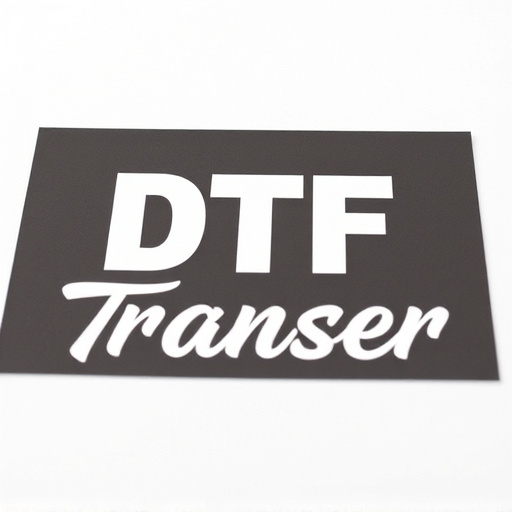
Personalized artwork has found a powerful medium in direct-to-film (DTF) technology, with numerous successful case studies showcasing its potential. One notable example is the transformation of custom designs into vibrant DTF prints for theme parks and entertainment venues. Imagine intricate map illustrations brought to life on film, adorning the walls of immersive attractions, providing visitors with an engaging, personalized experience. This innovative approach enhances storytelling and creates a unique connection between the audience and the narrative.
Another successful implementation involves fashion brands utilizing DTF transfers for limited-edition clothing lines. By combining artistic vision with precise printing techniques, designers can create distinctive patterns and graphics that capture the essence of their brand. These personalized DTF prints have been instrumental in generating buzz and attracting a dedicated fan base, proving that direct-to-film applications go beyond simple reproduction, offering a platform for creative expression and captivating audiences.


